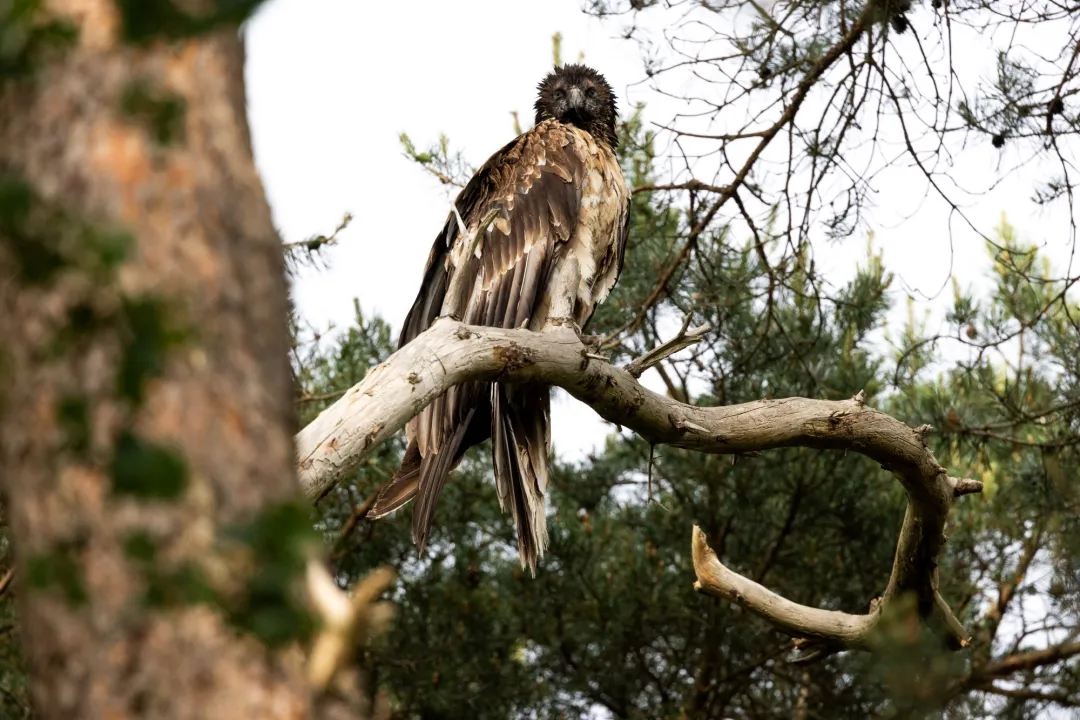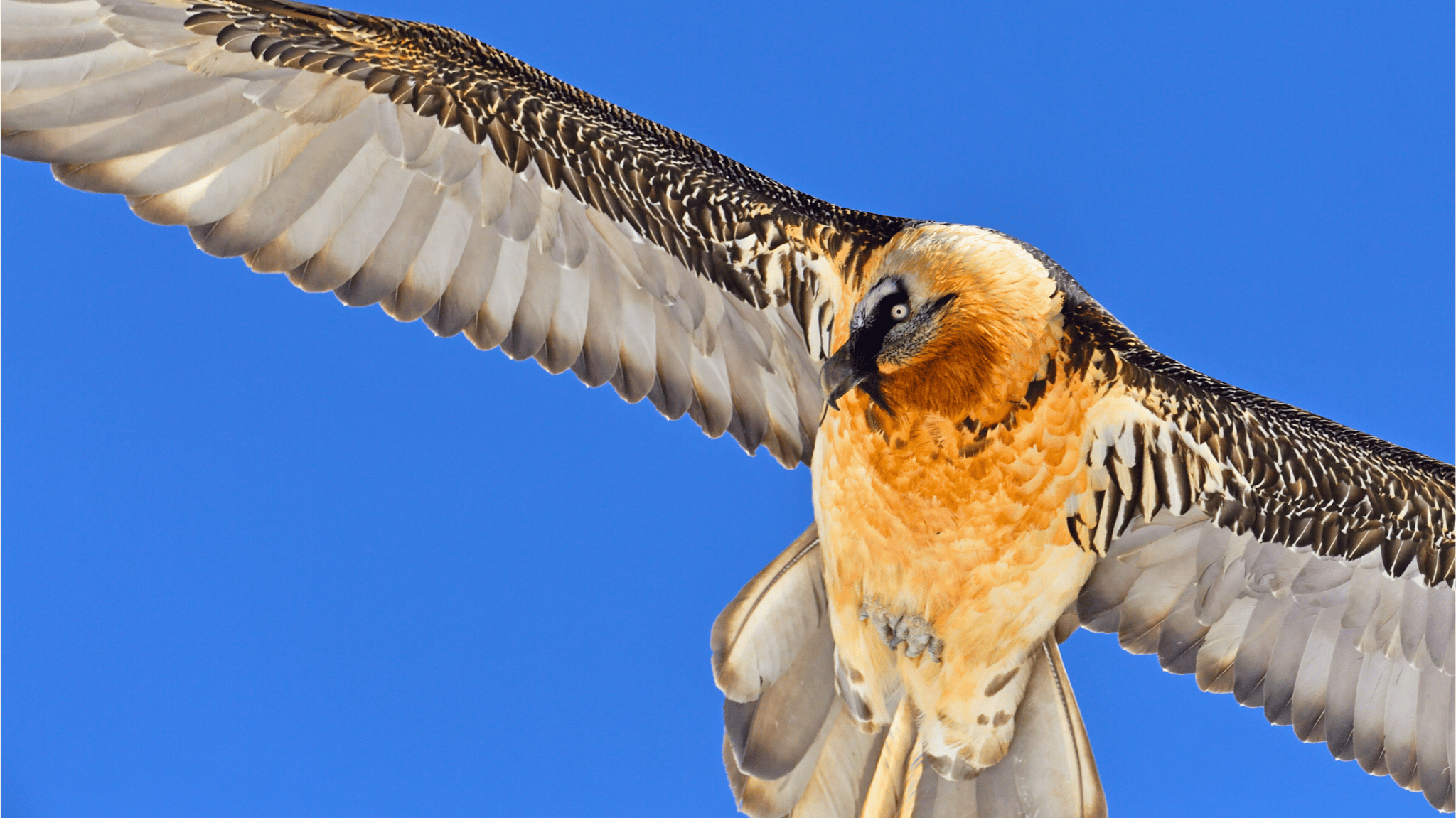Lead poisoning is a threat to birds, particularly scavenging birds of prey, and specifically vultures. Locally, it can be one of the most important threats to some vulture populations – as it happens with the bearded vulture in some regions of the Alps. In the last few years we have recovered several bearded vultures with lead poisoning – both dead individuals and ones that could be rescued.
Lead poisoning in raptors is mostly caused by the consumption of game carrion laced with lead from lead ammunition. The VCF and other partners are working towards banning the use of lead ammunition across Europe (lead ammunition is already banned across wetlands in many countries), and we are working with the hunting partners and other stakeholders to achieve this.
In the meantime, it is important to identify, study and treat vultures and other raptors with lead poisoning – now a new paper was published that may help this.
With the availability of portable lead-testing kits, an increasing number of field researchers are testing wild-caught birds, in situ, for lead poisoning. Now a new paper was with the guidelines for evaluation of lead toxicity in wild raptors through field testing of blood-lead concentrations, and presenting criteria for removing a lead-poisoned bird from the wild for treatment, and suggesting strategies for effective treatment of lead intoxicated raptors.
The authors suggest that only birds of prey with blood-lead levels over 40 mg/dL should be considered for eventual treatment. Even so, the decision to release or treat birds with blood lead levels between 40 mg/dL and 60 mg/dL should be made based on the presence of clinical signs of poisoning and relevant biological characteristics (e.g., breeding status). Finally, the authors suggest that birds with blood-lead levels >60 mg/dL are potentially lethally poisoned and should be removed from the wild for appropriate treatment at a licensed rehabilitation facility and later released.
The paper below also presents guidelines for decision-making when treating lead poisoning of wild raptors.
Photo: Stephan Gomes
![]() Evaluation of lead poisoning in raptors & guidelines for treatment Fallon et al 2017 – Guidelines for evalu Adobe Acrobat Document 327.0 KB Download
Evaluation of lead poisoning in raptors & guidelines for treatment Fallon et al 2017 – Guidelines for evalu Adobe Acrobat Document 327.0 KB Download



